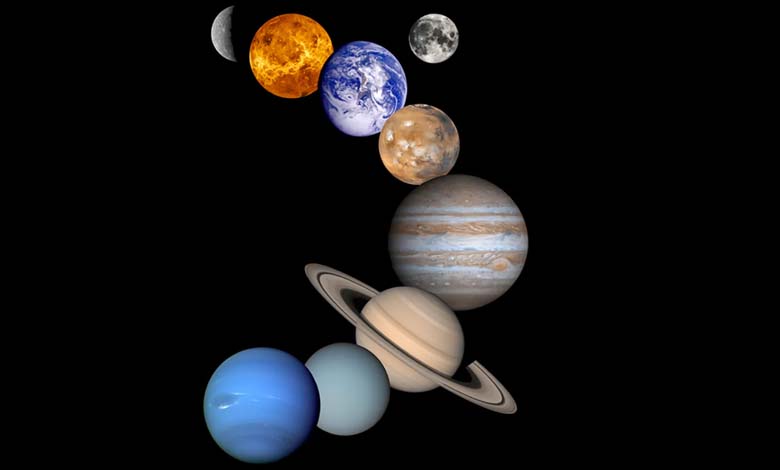Discovery of an earth-like planet with half its surface covered in volcanic lava

Scientists have found an extraordinary, Earth-like planet in terms of size, where hot volcanic lava dominates half of its surface. This planet is located 73 light-years away from our Earth.
Astronomers have named this recently observed planet in the planetary family “HD 63433 d,” which is approximately 400 million years old. It is an Earth-sized exoplanet that defies all rules in its orbital dance around the star HD 63433.
Scientists state that the planet is tidally locked, meaning the same side of the planet constantly faces its star, just like the side of the moon that always faces the Earth, implying a daytime side continuously facing its star and a side that remains in perpetual darkness.
According to Interesting Engineering, this scorching world is the smallest planet outside our solar system, aged less than 500 million years. It is also the closest Earth-sized planet discovered at this age.
Astronomers analyzed this system using data from NASA’s Transiting Exoplanet Survey Satellite (TESS), which observes the ‘transits,’ or instances when planets pass in front of their stars during their orbits, blocking a small piece of the star’s light.
Scientists were already familiar with this planetary system through the discovery of two planets. However, curiosity led them to conduct a deeper investigation to unveil any hidden surprises.
Through careful screening of TESS data and skillfully extracting signals from known planets, they discovered a small transit occurring every 4.2 days, revealing the third and smallest planet, HD 63433 d.
Despite being nearly the size of Earth, HD 63433 d is cosmically youthful, with an age of around 400 million years. To put it in perspective, the age of our original planet is 4.5 billion years. Additionally, this celestial planet is eight times closer to its star than Mercury is to our Sun, resulting in a scorching temperature of 2294 degrees Fahrenheit (1257 degrees Celsius) on its illuminated side.
Here, the intrigue heightens, as scientists suspect that the starlit side of the planet may be a “half-sphere of volcanic lava,” similar to the scorching conditions found on other volcanic lava worlds like CoRoT-7 b and Kepler-10 b.
Despite its youth, HD 63433 d could provide valuable insights into the formation and evolution of planets. Scientists are eager to delve deeper, not only into the scorching daytime temperatures but also into the mysterious “dark side” of this fiery world.
This discovery, which will be discussed soon at the 2024 American Astronomical Society meeting, is thanks to the TESS Hunt for Young and Maturing Exoplanets project, or THYME. The study delves into the characteristics of HD 63433 d and its stellar neighborhood.












